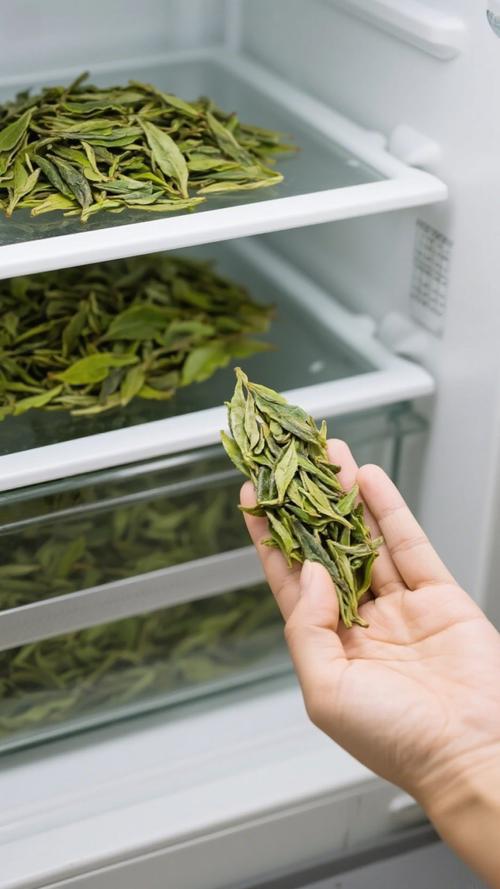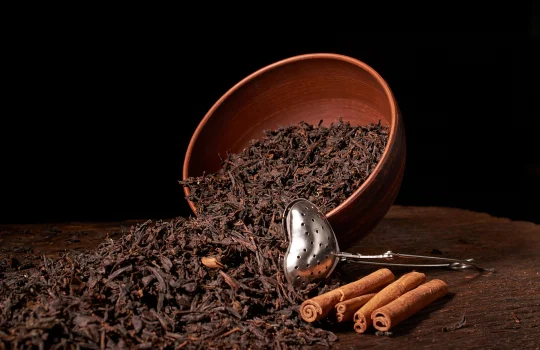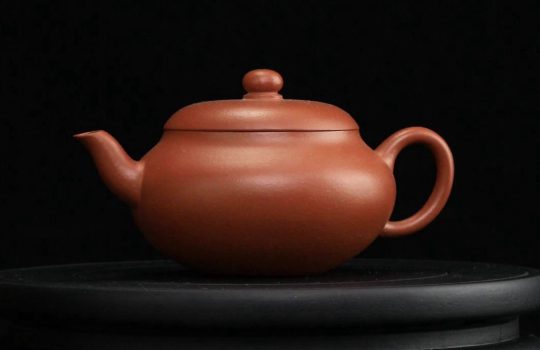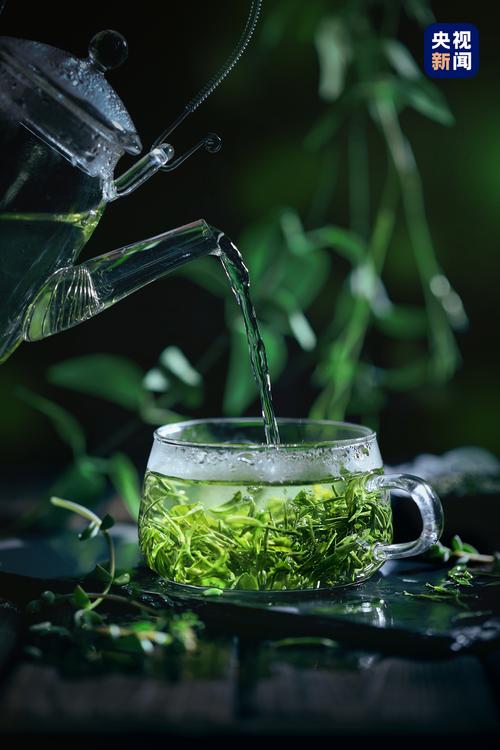Tea is a delicate consumer product, temperature, humidity, light and many other factors will affect its quality. If not properly preserved, it will cause its colour to darken, aroma loss, poor taste, and even mouldy. It may also make the tea expire early, affecting its economic value as a commodity and drinking taste, and even affect the health of tea drinkers.
The following are 4 precautions when storing tea:
1. Low temperature
Temperature can accelerate the automatic oxidation of tea leaves, making the aroma, colour and taste of tea leaves change greatly. Too high a temperature will accelerate the oxidation of tea or aging deterioration, so that some of the original water-soluble substances in the tea becomes insoluble or insoluble in water, aromatic substances are also destroyed. And the higher the temperature, the faster the deterioration, the easier the appearance of the tea colour darker and darker. Especially in the south, a summer, the temperature will rise to more than 40 ℃, even if the tea has been placed in a cool, dry place to save, but also will quickly deteriorate, making the green tea is not green, black tea is not fresh, flower tea is not fragrant. Therefore, to maintain or extend the shelf life of tea, tea needs to be preserved at low temperature.
Low temperature preservation can reduce the oxidation process of various components in tea, effectively slowing down the browning and ageing of tea. The appropriate temperature for storing tea is below 5℃. Of course, low temperature preservation of tea does not mean that the lower the temperature, the better. Generally speaking, the suitable refrigerating temperature for tea preservation is between 0℃~5℃.
2. Avoid light
light irradiation will also have an adverse effect on the tea, light will accelerate the various chemical reactions in the tea. Tea contains chlorophyll and other things, the light irradiation is easy to fade, and light contact will occur photosynthesis, causing oxidation and deterioration of tea, so that the colour of tea becomes dull. In addition, tea also contains a small amount of carotenoids, is an auxiliary component of photosynthesis, with the nature of absorbing light energy, under the action of strong light is easily oxidised. The oxidised carotenoids produce an odour after storage that deteriorates the taste of the tea broth. Therefore, tea must be stored in the shade to prevent chlorophyll and other components of photosynthesis, daily packaging materials should also be used to shade.
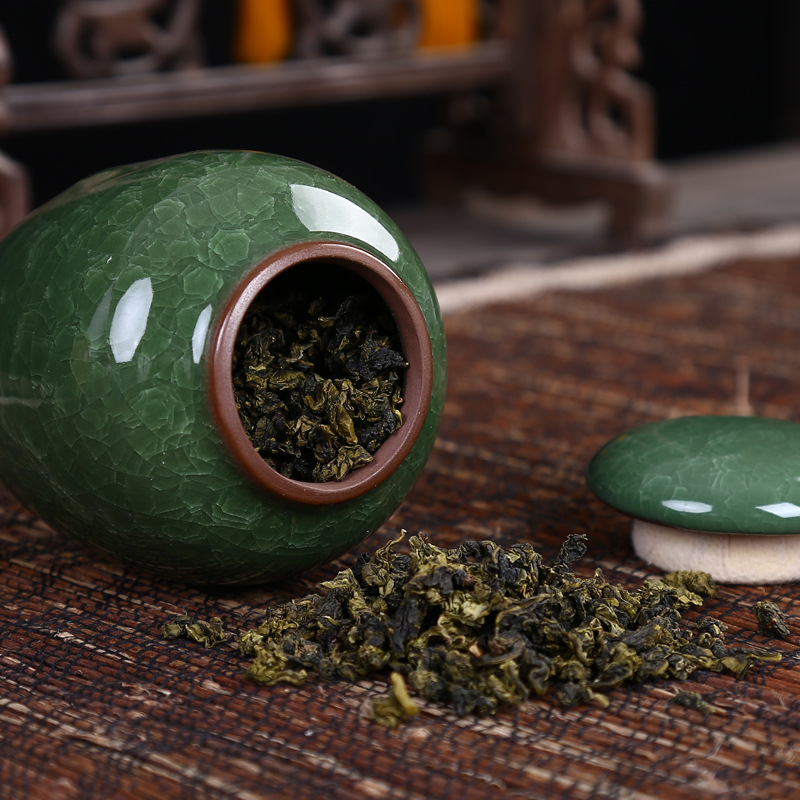
3. Drying
Tea can easily absorb moisture in the air, with strong hygroscopicity. In the month of high temperature and frequent microbial activities, once the water content of tea leaves exceeds 10%, the tea will be mouldy, the colour and aroma are lost, and it is no longer suitable for drinking, and drinking at this time is harmful to the human body. If you put the dry tea indoors, and direct contact with the air, a very short period of time its water content will increase a lot. If in rainy and humid weather, every hour of exposure, its water content can be increased by 1%. If the tea leaves accidentally absorb water and become damp, the lesser case will lose its fragrance, and the more serious case will become mouldy. At this time, you can not put the damp tea leaves in the sun directly exposed to the sun, and should be placed in a clean tea leaves in a clean iron pot or oven with a micro-fire low-temperature baking, while turning the tea leaves, until the tea leaves dry to give off the flavour.
Therefore, tea leaves must be kept in a dry environment from the beginning and cannot be attacked by moisture. Dry has two meanings, one is the storage environment to be relatively dry, and the second is the tea storage before the moisture content should be controlled to a certain extent. The moisture content of fine tea is generally not more than 3%~5%, if the tea has a high moisture content, it needs to be dried before storage. Similarly, the dried tea leaves should be placed in a dry and ventilated place to slow down the speed of aging and deterioration. Families buy back small packages of tea, whether it is composite film bagged tea or canned tea, must be placed in a dry place. If it is bulk tea, can be wrapped in clean white paper, placed in a desiccant cans, altar, seal the mouth cover.
4. Insulate the air
Tea is not only easy to absorb water, the oxygen in the air is also very easy to oxidise the tea, so that the tea will be aged in a short time. In addition, tea has strong adsorption. Therefore, the preservation of tea leaves should also be isolated from the air.
Tea leaves are very easy to adsorb external odours, so that the aroma of the tea is contaminated. Therefore, it is best to keep tea in a special refrigerator. If it must be placed together with other items, attention should also be paid to the complete seal, it is strictly prohibited to put around the tea with cosmetics, medicines, camphor balls and other similar items with a strong odour, so as to avoid adsorption of odours, affecting the quality of tea.
No matter which way the tea is stored, you need to pay attention to the above four matters. This can effectively ensure the quality of tea, slow down the deterioration of tea, so that people feel more at ease to experience the pleasure of tea.

